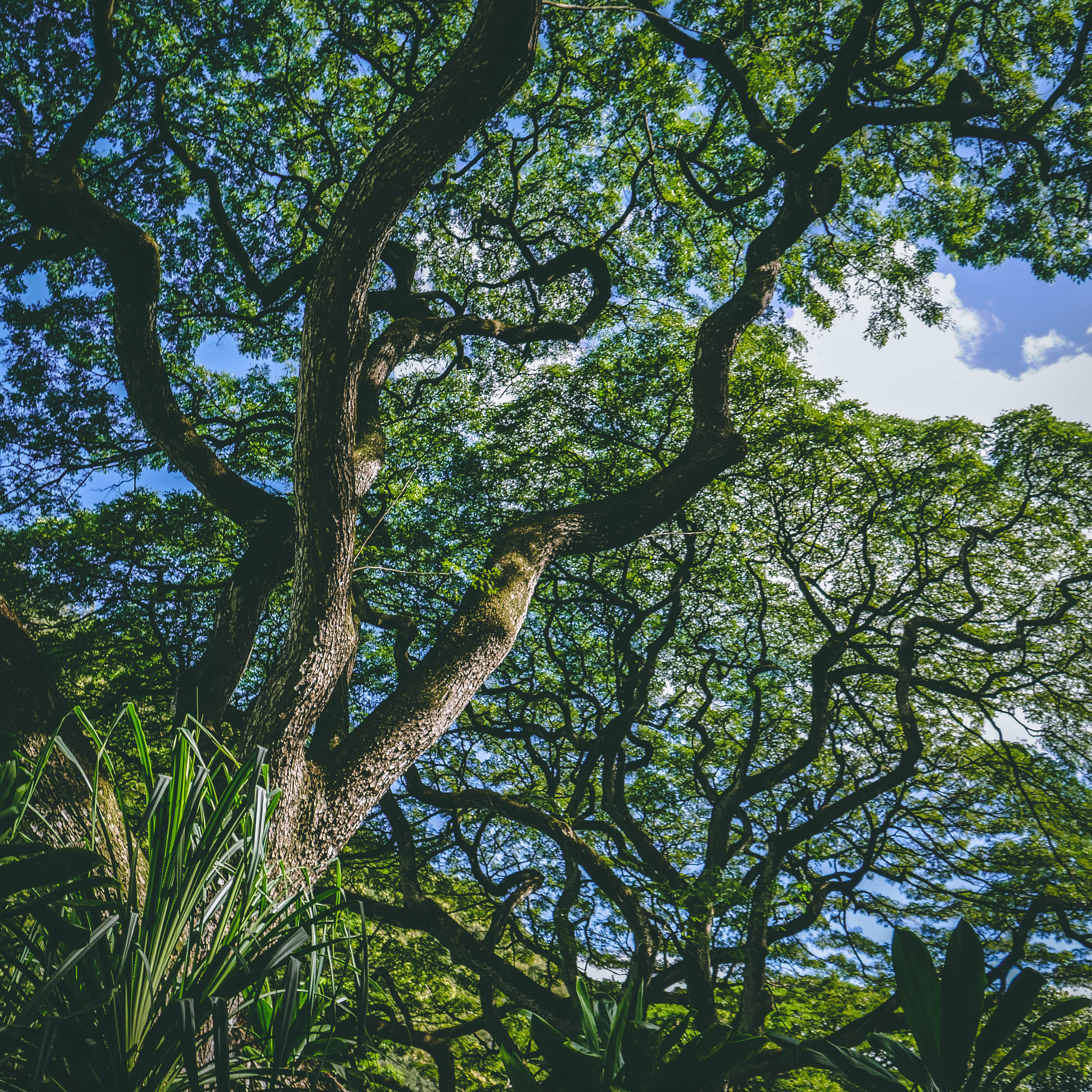Ohe Makai
(Polyscias sandwicensis)

Description
Polyscias sandwicensis, commonly known as the Hawaiian Ming Aralia, is a small to medium-sized tropical tree that is native to Hawaii. This species belongs to the Araliaceae family and is known for its attractive foliage and ease of care, which makes it a popular choice among indoor gardeners. In this article, we will delve deeper into the various aspects of this species, including its taxonomy, morphology, distribution, habitat, cultivation, and care. Taxonomy: Polyscias sandwicensis is a species of the Polyscias genus, which comprises approximately 100 species of tropical trees and shrubs distributed throughout the Pacific Islands, Southeast Asia, and Australia. The species was first described by Asa Gray in 1854 and was initially placed in the Aralia genus before being moved to Polyscias. Morphology: The Hawaiian Ming Aralia is a slow-growing, evergreen tree that can reach a height of up to 20 feet (6 meters) in ideal conditions. It has a straight trunk with a dense, rounded crown that can grow up to 15 feet (4.5 meters) wide. The bark of the tree is grayish-brown and is smooth when young but becomes fissured with age. The leaves of Polyscias sandwicensis are compound and measure 4-8 inches (10-20 cm) long. They are pinnately divided into 5-9 leaflets, each of which is oblong-lanceolate, with serrated margins. The leaflets are dark green, glossy, and leathery in texture. The flowers of the Hawaiian Ming Aralia are small and inconspicuous, and they typically appear in clusters during the summer months. The fruits are small, black, and berry-like and contain 1-3 seeds. Distribution and Habitat: Polyscias sandwicensis is endemic to Hawaii and can be found throughout the islands, from sea level to elevations of up to 6,000 feet (1,800 meters). It is commonly found in moist to wet forests, along streams and ravines, and on steep slopes. Cultivation and Care: The Hawaiian Ming Aralia is a relatively low-maintenance plant that can be grown indoors or outdoors. It prefers bright, indirect light, but it can tolerate some shade. It also requires well-draining soil that is rich in organic matter and regular watering to keep the soil consistently moist. Propagation of Polyscias sandwicensis can be done through stem cuttings, which should be taken during the spring or early summer months. The cuttings should be 6-8 inches (15-20 cm) long and should have at least two nodes. The cuttings should be dipped in rooting hormone and placed in a pot filled with a mixture of peat moss and perlite. The pot should be covered with a plastic bag to maintain high humidity, and the cutting should be kept in a warm, bright location until it roots. The Hawaiian Ming Aralia can be susceptible to pests such as spider mites, mealybugs, and scale insects, so regular inspection is necessary. If infestation occurs, the plant can be treated with insecticidal soap or neem oil. In conclusion, Polyscias sandwicensis, also known as the Hawaiian Ming Aralia, is a beautiful and easy-to-care-for plant that is native to Hawaii. With its attractive foliage and low-maintenance requirements, it is an excellent choice for indoor gardeners and those looking to add a touch of tropical flair to their homes.
Taxonomic tree:







